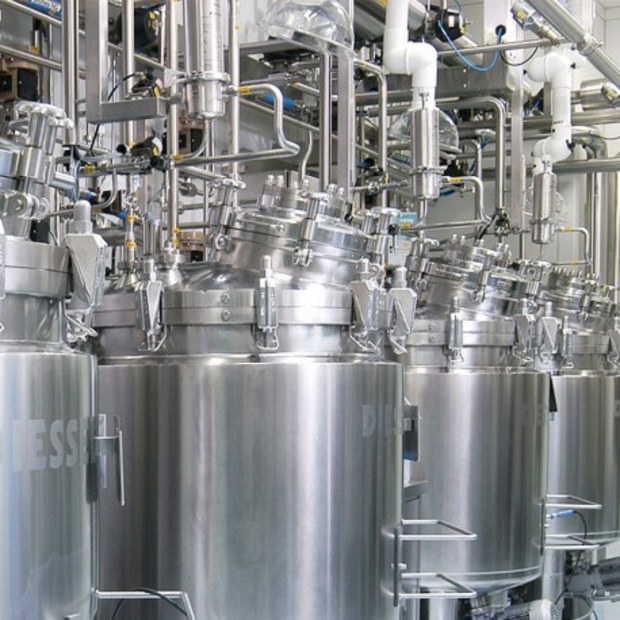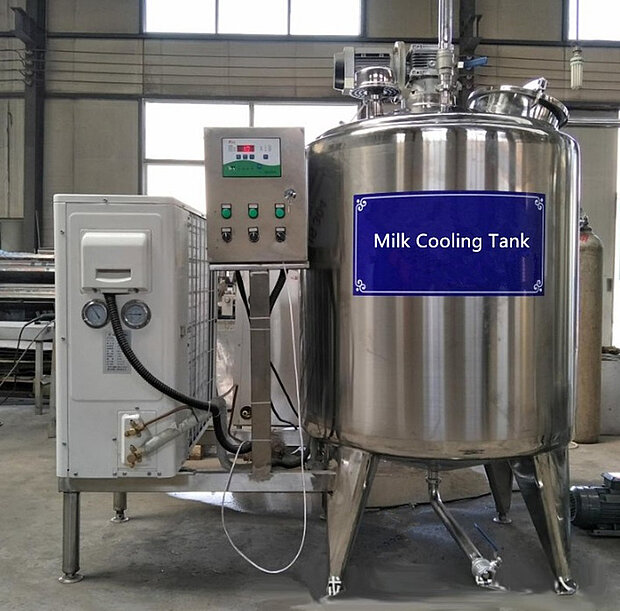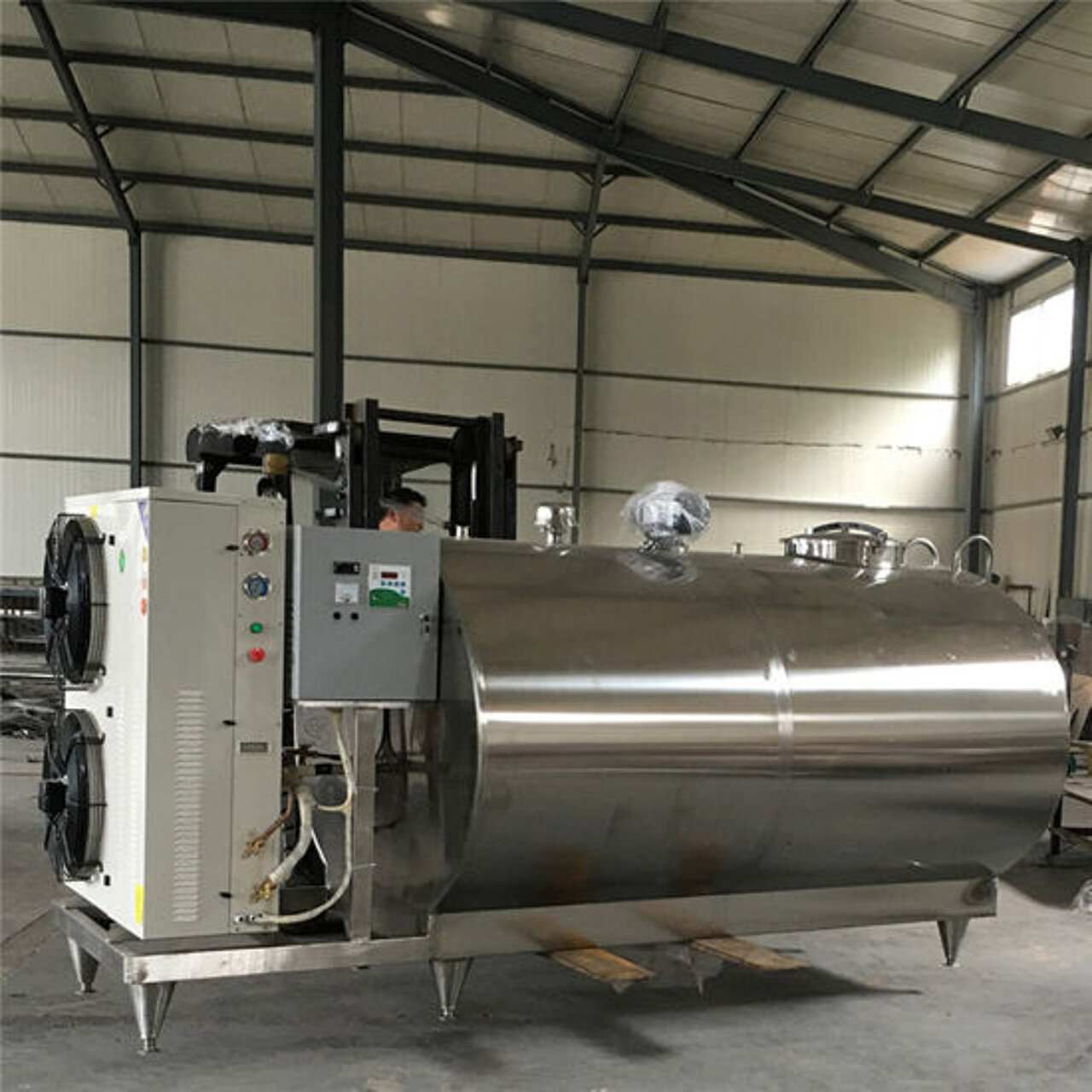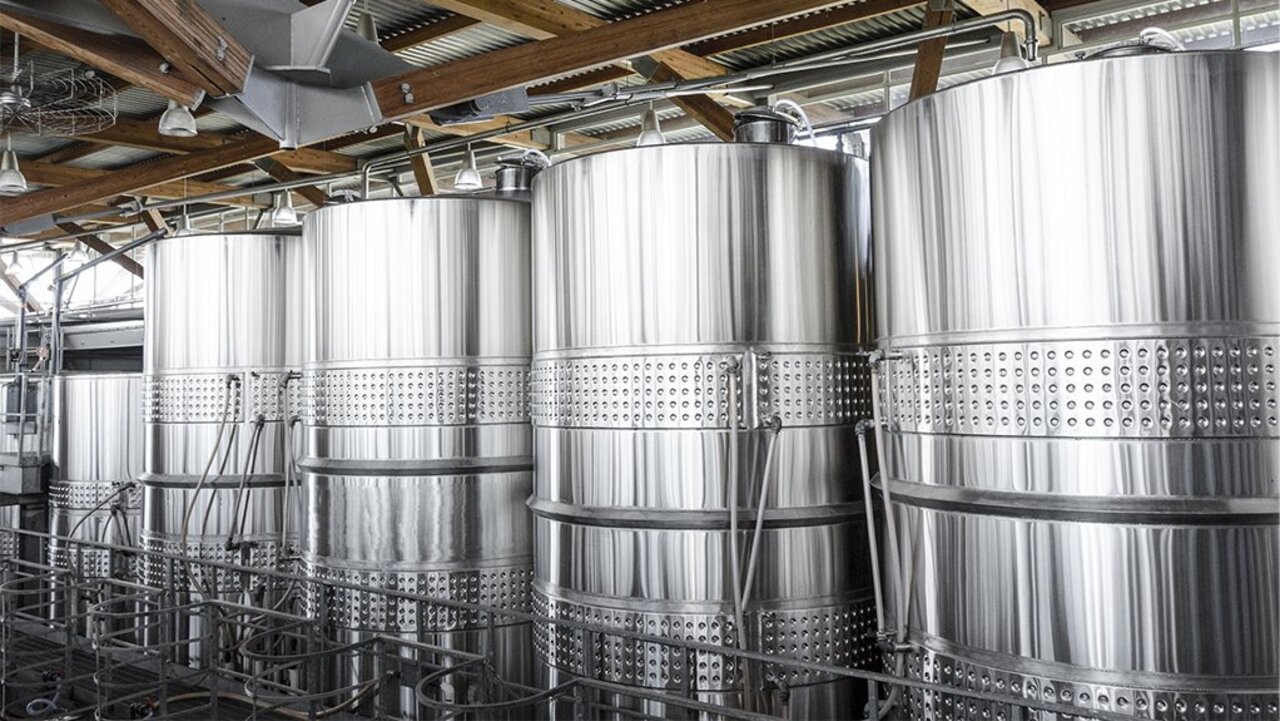
Welding and hygiene in the food and beverage industry
Using Laser Welding to Reduce Micro Bacteria in the Food and Beverage Industry
The hygienic requirements of the food and beverage industry place high demands on the welds that hold tanks, pipes and vessels together. The requirements for a high-quality weld and weld surface finish are paramount in the dairy and other food and beverage industries, as the consequences of poor surface and weld quality can be costly and dangerous.
Recent contamination scares in the dairy sector provide some examples of the consequence of not getting things right. In effect, every metre of weld inside a storage or process tank or vessel represents a risk to be managed. Fabricators must make significant efforts to ensure that both the weld integrity is adequate and that the surface finish meets the specified requirement for hygiene.
Welding food grade stainless steel is a delicate job that requires a precise solution tailored to the food application the equipment is used for. Even the smallest niches left by a traditional weld can allow particles of your product to become trapped in the surface and form bacteria. Mobile laser welding is a convenient and cost-effective solution for delivering the high-quality weld and weld surface finish paramount in the food and beverage industry. Laser welding in the food and beverage industry has greatly increased due to its ability to maintain and repair equipment to the highest food safety standards at low cost.
Eliminate Rough Surfaces
The hygenic requirements of the food and beverage industry places a high demand on the welds that hold tanks, pipes and vessels together. Wherever metal is joined with a weld, a rough surface with edges can be created which leads to an increase in microbial growth. Reducing these burrs or ‘sharp bits’ through laser finishing is one way in which micro bacteria can be kept to a minimum whilst also restoring equipment to a safe state for employees.
Here brings our PhotonWeld Series a perfect and affordable solution to restrict this dangers to a total minimum.

How does laser welding benefit the food industry?
A high-quality weld and surface finish are essential within the food and beverage industry. This is due to the strict hygienic requirements. If the weld integrity or surface finish isn’t adequate, the consequences could be both expensive and unsanitary. Even the smallest niche left by a weld can allow the product to get trapped and form bacteria. Potentially, this could contaminate the food.
How does laser welding work?
A laser weld is narrower with a higher width-to-depth ratio than traditional welding methods, and the heat affected area is more limited. Paired with rapid cooling, this means that the surrounding material is not annealed and is, therefore, stronger and more durable. High accuracy eliminates the risk of leaks and therefore improves cost efficiency, as the need for repairs is minimised.
Laser over traditional methods
By using laser welding in the food and beverage industry, you are guaranteeing a more specific weld, with both precision and speed. You can opt for laser welding over traditional welding method because it will benefit your business. You will notice benefits to your business such as qualitative advantages as well as quantitive ones. Speed, consistency and quality welds are guaranteed.
The importance of precision - Even for the smallest welds
Our laser welding Machines are minute in size. You can weld a huge variety of materials at sizes as small as 0.1 mm. This opens up a huge window of opportunity, especially with the small packaging within the food and beverage industry.
Cooling tanks
PhotonWeld A-Pro laser welding units are extensively used in the production of horizontal and vertical tanks for cooling liquids such as water, milk, cream, oil, wine, liquid egg, animal blood .... and derived products. The tanks, made entirely of stainless steel, are hygienically finished and are suitable for direct cooling or for cooling with ice water or glycol.

Ice water systems
Ice water as refrigerant is very important in the food- and beverage industry, as well as in the bakery sector, industrial kitchens, … and in the general process industry.
Ice water, as refrigerant, is mainly used in the food and beverage industries, in bakeries, industrial kitchens, etc. but also in the non-food sector such as chemistry, bio-technology...
Ice builders for industrial kitchens
Ice water cooling is used, among others, for the cooling of cooking kettles in industrial kitchens so that the desired end temperature at the core of the product to be cooled can be reached quickly and so that the cooling process complies with current EU-directives.
Ice builders for process cooling
Ice water is used since many years for cooling of food products and for process cooling in general because ice water has the capacity to cool down large quantities of product in a short time. In an ice builder a big amount of energy can be stored on a small surface. This compact unit can produce a large quantity of ice water of 0.5 à 1°C. For several applications, there is no risk of freezing the product.
Falling Film Chillers for process cooling
Ice water is used since many years for cooling of food products and for process cooling in general because ice water has the capacity to cool down large quantities of product in a short time. You can produce large quantities of ice water of 0.5 à 1°C instantly. For several applications, there is no risk of freezing the product.


